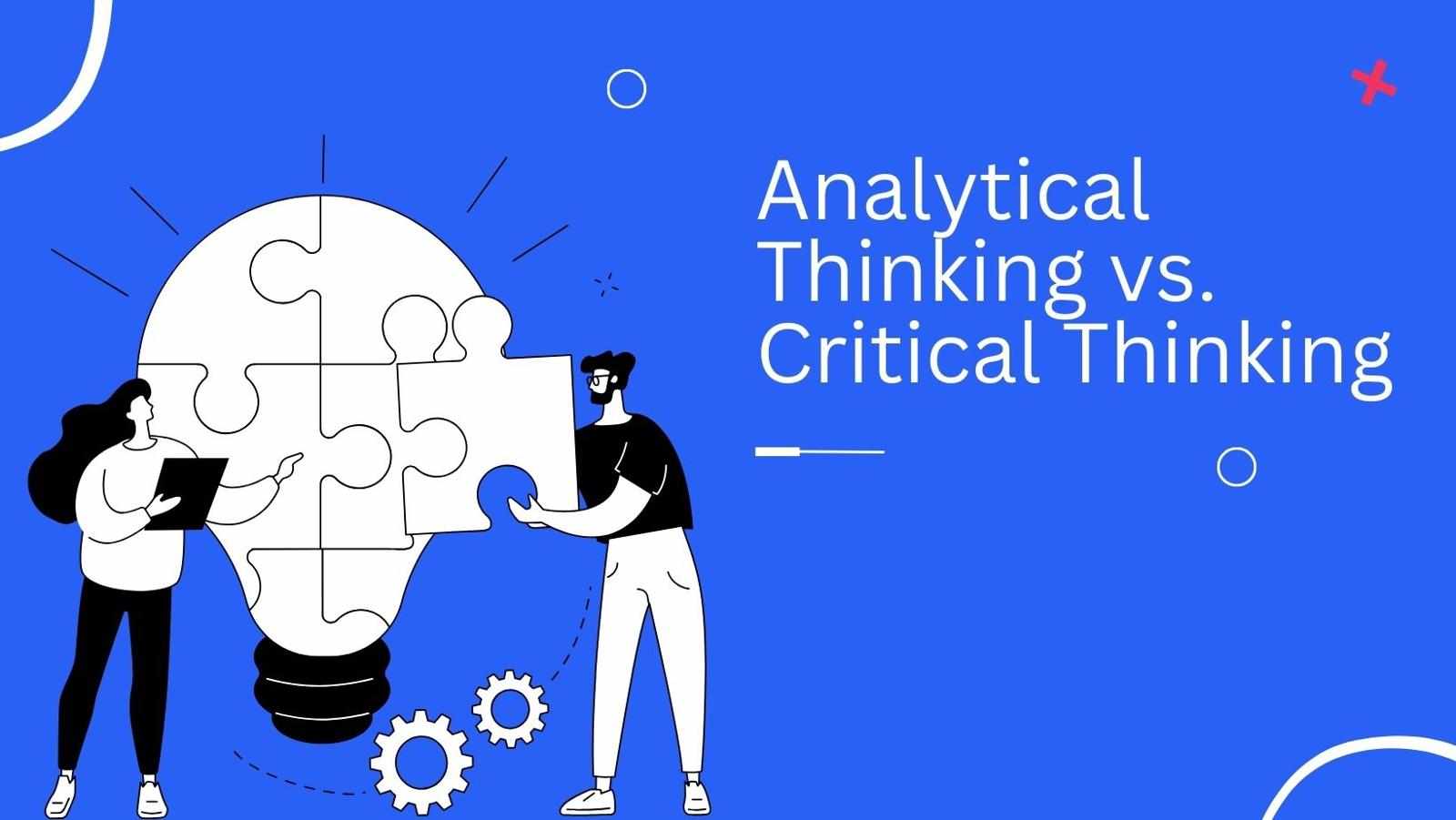
Introduction
Speed, efficiency, and real-time processing have become crucial in software development in today's fast-paced digital landscape. Edge computing is revolutionizing how applications handle data by bringing computation closer to the data source. For full stack developers, integrating edge computing into their tech stack can significantly enhance application performance, security, and user experience.
What is Edge Computing?
Edge computing refers to a distributed computing paradigm that processes data closer to its source rather than relying entirely on centralized cloud servers. This minimizes latency, reduces bandwidth usage, and enables real-time data processing, making it ideal for applications requiring rapid response times.
Importance of Edge Computing in Full Stack Development
Full stack development involves both front-end and back-end technologies. The inclusion of edge computing within this ecosystem brings several advantages:
1. Reduced Latency and Faster Response Times
Traditional cloud computing models involve sending data to remote servers, processing it, and then returning the results. Edge computing eliminates this delay by processing data at or near the source, leading to quicker responses and a smoother user experience.
2. Improved Scalability
Modern applications often need to scale dynamically to handle increased user traffic. By leveraging edge computing, developers can distribute workloads efficiently across edge nodes, reducing the strain on centralized servers.
3. Enhanced Security and Data Privacy
Processing data closer to its origin minimizes the risk of data breaches during transmission. Edge computing enables sensitive information to be handled locally, reducing exposure to potential cyber threats.
4. Better User Experience in Real-Time Applications
Applications such as IoT, gaming, and video streaming demand real-time processing. Edge computing ensures lower latency and high-speed data handling, improving the overall user experience.
5. Optimized Network Bandwidth Usage
With edge computing, unnecessary data transfers to central cloud servers are minimized, which helps in optimizing bandwidth usage and reducing operational costs.
Key Technologies in Edge Computing for Full Stack Developers
Integrating edge computing into full stack development requires knowledge of various technologies, including:
Edge AI and Machine Learning: Processing AI models at the edge for real-time insights.
Serverless and Microservices Architectures: Enabling modular and scalable application development.
WebAssembly (Wasm): Running near-native performance applications on the client side.
Containerization (Docker & Kubernetes): Deploying lightweight, scalable edge applications.
Edge Databases: Such as SQLite and Redis, allow local data processing with minimal latency.
Challenges of Integrating Edge Computing in Full Stack Development
While edge computing offers numerous benefits, it also comes with challenges:
Complexity in Deployment and Management: Managing multiple edge nodes requires robust orchestration tools.
Data Synchronization Issues: Ensuring data consistency between edge devices and cloud storage.
Security Concerns: Protecting distributed edge nodes from potential cyber threats.
Future of Edge Computing in Full Stack Development
With advancements in 5G, AI, and IoT, edge computing will become a crucial component of full stack development. Developers who understand its potential will be better equipped to build resilient, scalable, and efficient applications.
As the demand for expertise in modern development paradigms increases, professionals looking to upskill can explore structured learning programs. Those seeking comprehensive training can consider enrolling in full stack development course in Noida, Delhi, Gurgaon, Pune, and other parts of India, where they can gain hands-on experience with cutting-edge technologies, including edge computing.
Conclusion
Edge computing is reshaping the way full stack applications are developed and deployed. By reducing latency, enhancing security, and optimizing performance, it is becoming an essential aspect of modern software development. As the technology continues to evolve, full stack developers who embrace edge computing will be at the forefront of innovation in the industry.




















Write a comment ...